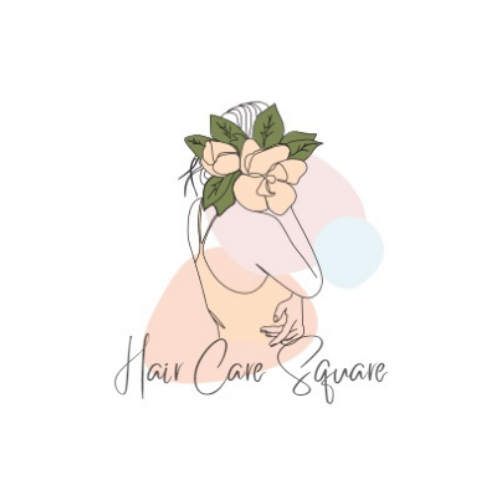Shampooing and conditioning: What should you do first?
Shampoo, lather, condition, and wash off has always been our hair-washing ritual. While you can also try washing your hair with just water or washing your hair with eggs but other than that this is the exact procedure has been carried out for as long as we can remember.
And it has been working quite well for the majority of us.
However, some of us continue to have dry, weak, and lifeless hair. If your hair still lacks luster and vibrancy, try reverse hair washing aka conditioning before shampooing.
What is Reverse Washing?
You might be able to guess from the name alone about Reverse Hair Washing.
All you have to do is reverse your normal hair-washing routine.
Begin by deep conditioning and rinsing your damp hair, then shampooing. This helps to remove any conditioner residues on the scalp and keeps the hair from being weighed down.
This method of conditioning before shampooing will revitalize your hair if you have an oily and greasy scalp, fine or limp hair, or both. And add a natural bounce to your hair.
Why Reverse Washing Is Better Than Regular Shampooing And Conditioning?
The primary advantage of reverse washing is that it conditions the hair shaft without leaving a coating of product build-up on the scalp and hair. Furthermore, while reverse hair washing, you followed conditioner with shampoo, any conditioner buildup that might result in back acne will be rinsed away as well.
The main benefits of reverse washing are hydration and that extra volume.
Another benefit of reverse hair washing is that your hair may look cleaner for longer because hair conditioner, when rinsed off (rather than washed off with shampoo), may lead to greasier hair faster than with a reverse wash.
Who Should Try Conditioning Before Shampooing?
Anybody who has dull, lifeless hair that gets greasy in a day and lacks volume can benefit from reverse hair washing. It’s especially beneficial for people with fine hair or an oily scalp.
It conditions the hair while not weighing it down.
This technique will help give texture to your mane even if it is thick or dry. If you don’t use conditioner but still have dry ends, this procedure can be a lifesaver. It will prevent split ends too.

The Benefits of Conditioning Before Shampooing
There are numerous benefits of reverse hair washing like:
- Aids in the improvement of the texture of dull, flat hair
- Nourishes the hair without making it look flat
- Aids in the treatment of hair loss issues
- Enhances the bouncy, lustrous, and voluminous appearance of the hair
- Reduces the quantity of shampoo needed
- Prevents frizzy hair
- Aids in the prevention of hair oiliness and greasiness
- Inhibits scalp buildup and pore plugging
How To Deep Condition Before Shampooing?
Here is a step by step instructions on how to reverse wash your hair the right way:
Completely wet your hair.
Massage the conditioner evenly along the length of your hair and keep it on for 3-5 minutes. To reduce greasy residue and disrupt the natural pH of your scalp, avoid putting a conditioner or hair mask on the scalp and roots.
Lightly rinse your hair with cold water. Avoid scrubbing your hair since you want the conditioner to act as a protective covering on your hair.
Rather than rinsing entirely, add a generous amount of conditioner to the hair tips and spritz some water over it if you have dry, rough ends.
Lather up a small bit of shampoo in your hair.
Rinse your hair and, if necessary, repeat the shampooing process and rinse it well.
Allow towel-dried hair to air-dry after applying a serum.
You will notice a nice bounce and your hair will appear manageable and hydrated.
Conclusion: Is Reverse Washing Good For Your Hair?
Reverse washing is good for your hair depending on your hair type.
Reverse hair washing is a relatively new technique that involves conditioning before shampooing your hair. Someone with dry, fine, or flat hair will benefit from reverse hair washing.
This approach of washing hair is gentle on the hair and frequently enhances hair health by increasing hair growth and suppleness.
It also gives the hair luster, lifts, and fullness. Bear in mind that if your hair cuticles are damaged, the approach may not produce quick benefits. Maintain consistency in your efforts to allow the conditioner to complete its job of repairing your damaged hair.
Have you tried this method of shampooing and conditioning your hair? Which one do you prefer the most: Shampooing before conditioning or conditioning before shampooing? Do share via comments.
Written by: McLennard
For FREE Hair Care Tips & Home Remedies Join Now!
* indicates required
First Name
Email Address *

